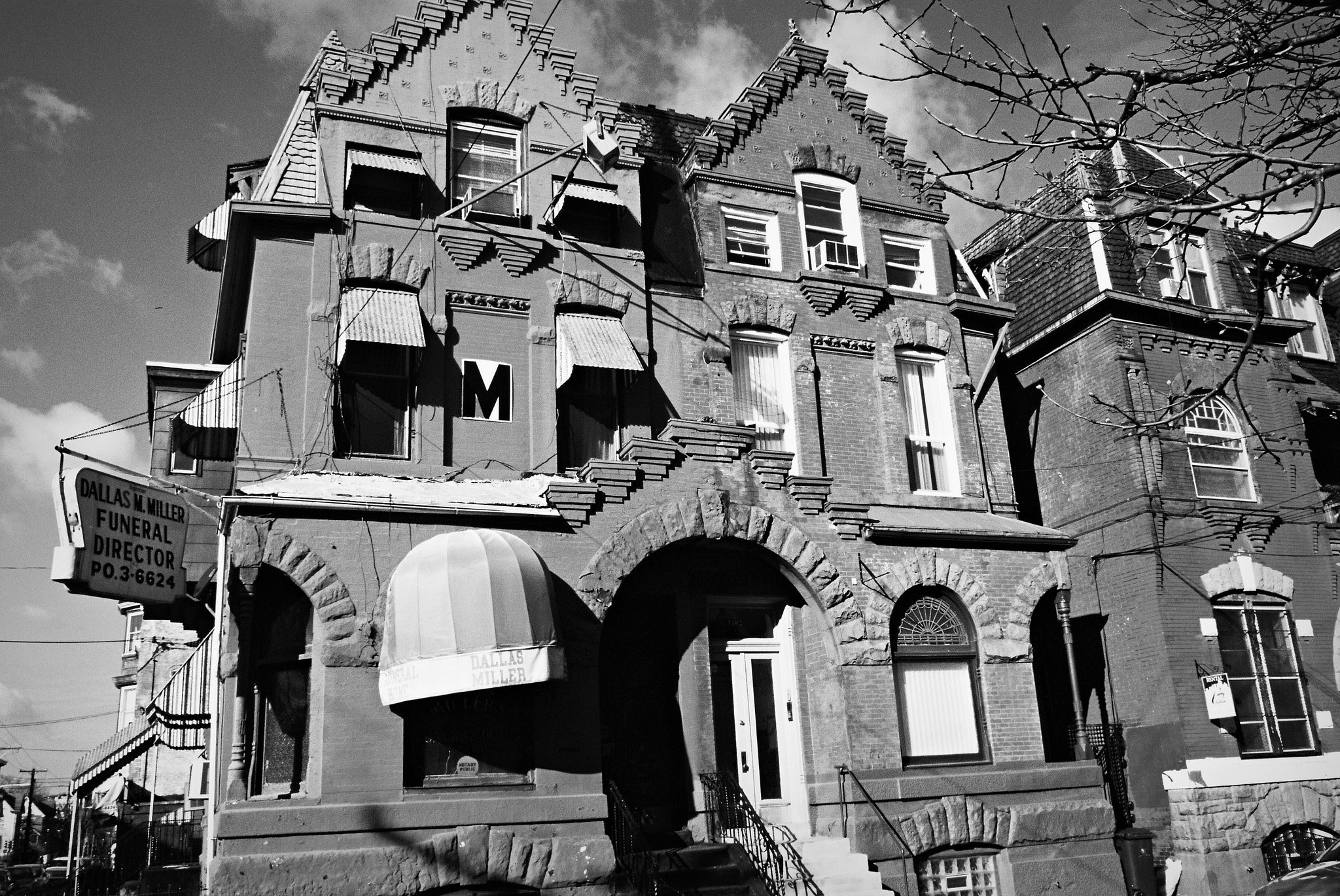Building Stories: the rowhouse

For our spring series Building Stories, we’re bringing you design postcards from around the city. We’re asking Philadelphia architects to take us to their favorite underappreciated or misunderstood buildings in Philadelphia, and explain what makes them great. To Kiki Bolender there is no more overlooked but important building than the ordinary rowhouse.
Building: the Philadelphia rowhouse
Dates: 1691-present
Location: More than 60% of Philadelphia housing stock [MAP]
Who: Kiki Bolender, architect and principal, Bolender Architects; co-founder Healthy Rowhouse Project
Why the rowhouse: Density, affordability, character, community
Philadelphians have been living in rowhouses since the 1690s, and they remain the city’s most common and enduring housing type. Designers say creativity stems from constraints, and the rowhouse inspires countless variations on the form – from plainspoken trinities to modernist variations, from the simplest two-story row built to house working families to high-style townhouses with exuberant ornamentation.
We are a city bonded by the rowhouse, densely built of brick, where neighbors share party walls that reinforce our interconnected urban lives.
To architect Kiki Bolender the rowhouse, in all its variations, is Philly’s great unsung building. So we took in the 300 block of South Camac Street, amid a wonderful collection of rowhouses on wee streets in Washington Square West, to discuss.
“You wouldn’t stand here on Camac Street and say the houses are all alike but there are a lot of similarities,” she said, appreciating the small variations on the block. “You would never walk down the street and feel it’s too much the same. You would feel a sort of vibrancy from the number of houses and their densities.”
The rowhouses lining the small streets of Center City, like Camac and Quince have an undeniable charm. (For a taste, explore the network from Pine to Locust, 11th to 13th.) Small houses built as workforce housing on these narrow streets have become expensive real estate. In other Philadelphia neighborhoods, rowhouse blocks still provide stable, affordable housing options for city dwellers. But the quality and condition of many of those buildings is increasingly a challenge. The sturdy rowhouse is vulnerable: deferred maintenance of old buildings owned by people of limited financial means is taking a toll.
So Bolender has been working on a project that aims to help preserve and repair Philadelphia rowhouses, to ensure the city’s valuable building stock can continue to be viable for decades hence. The Healthy Rowhouse Project is developing a program that aims to repair 5,000 houses occupied by low-income Philadelphians annually. The goal is to remedy conditions created by deferred maintenance, many of which are also creating health problems for inhabitants. The project aims to preserve the rowhouse as an affordable housing option by keeping families healthy and in their homes.
“We want to preserve them because they are such an asset to the whole city,” Bolender said of the humble rowhouse. “This is an important part of our city’s character, our history, and an important part of people’s lives now.”
Note: Kiki Bolender is a member of PlanPhilly’s Advisory Board.
WHYY is your source for fact-based, in-depth journalism and information. As a nonprofit organization, we rely on financial support from readers like you. Please give today.













